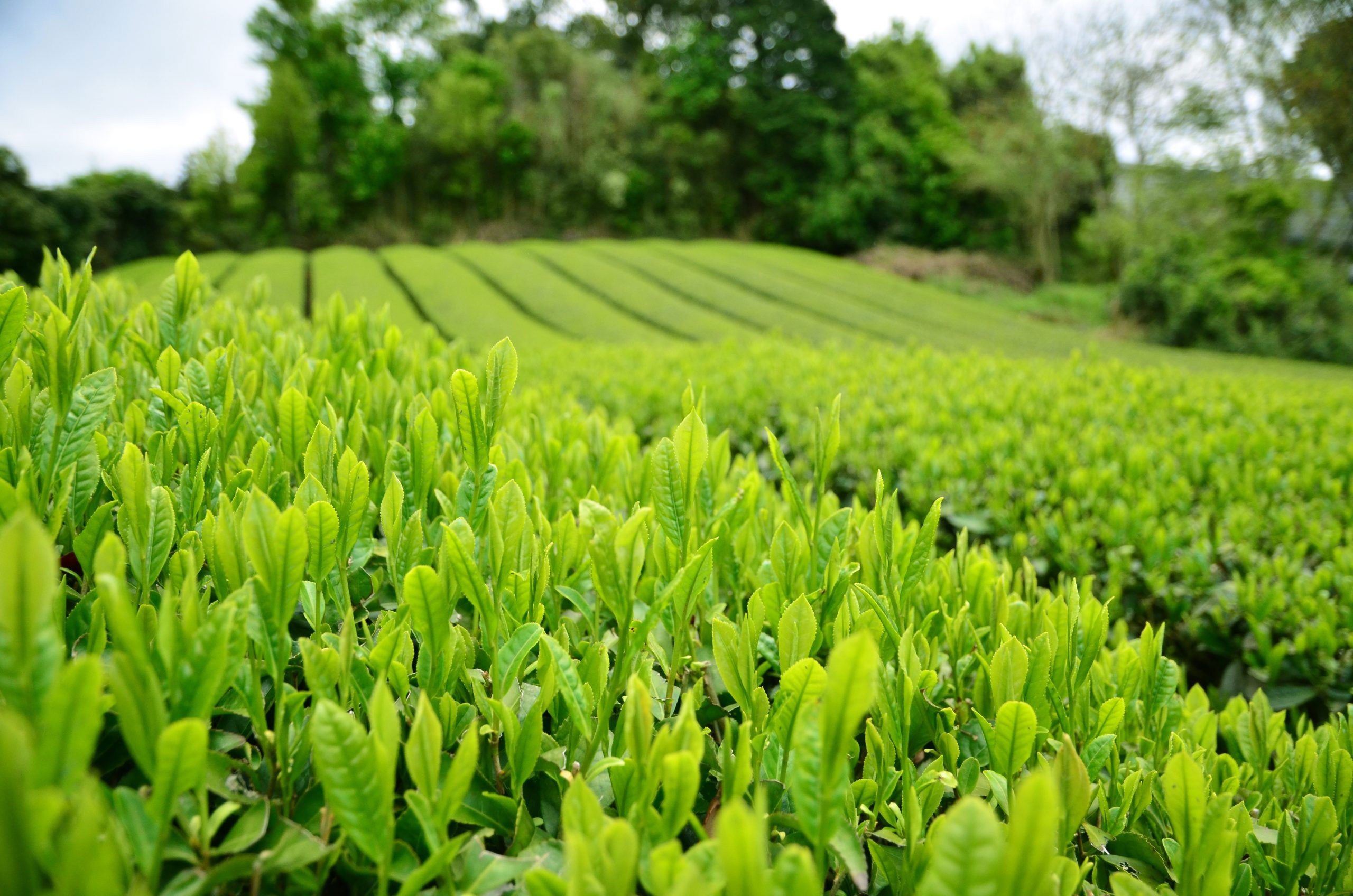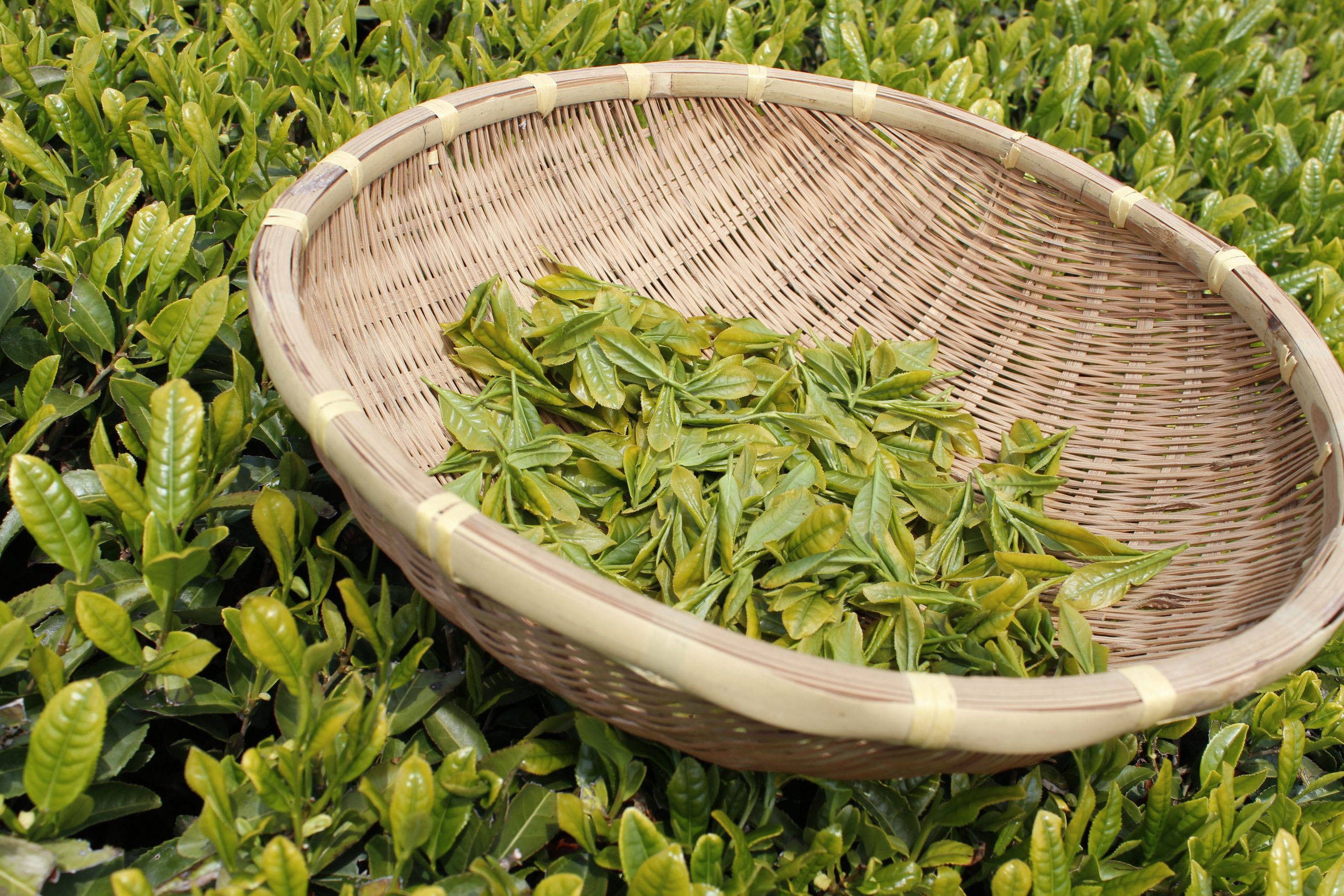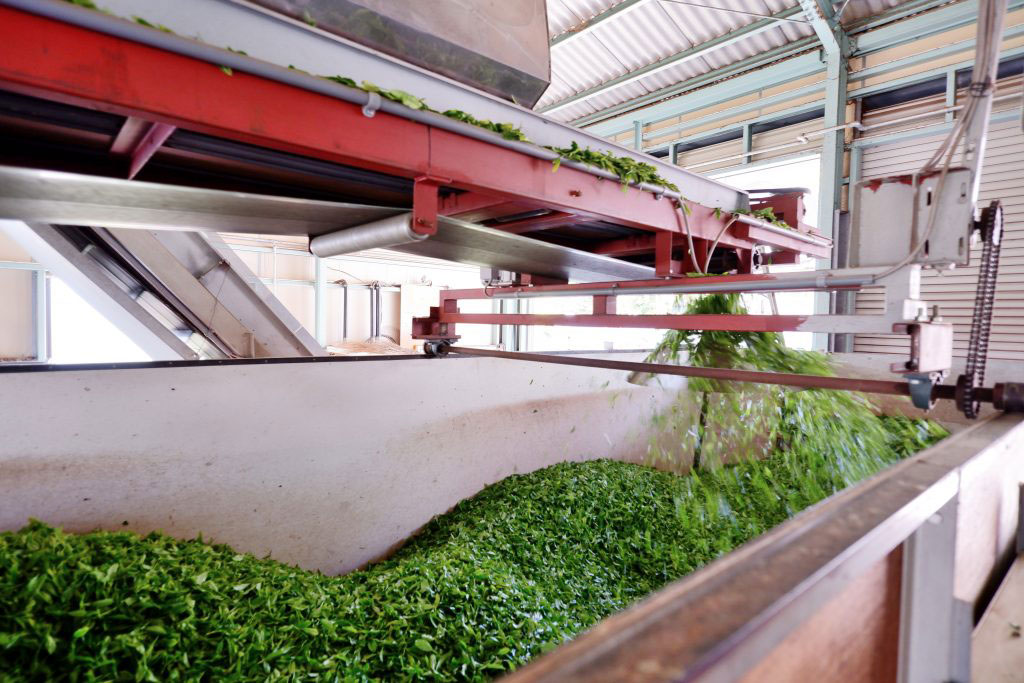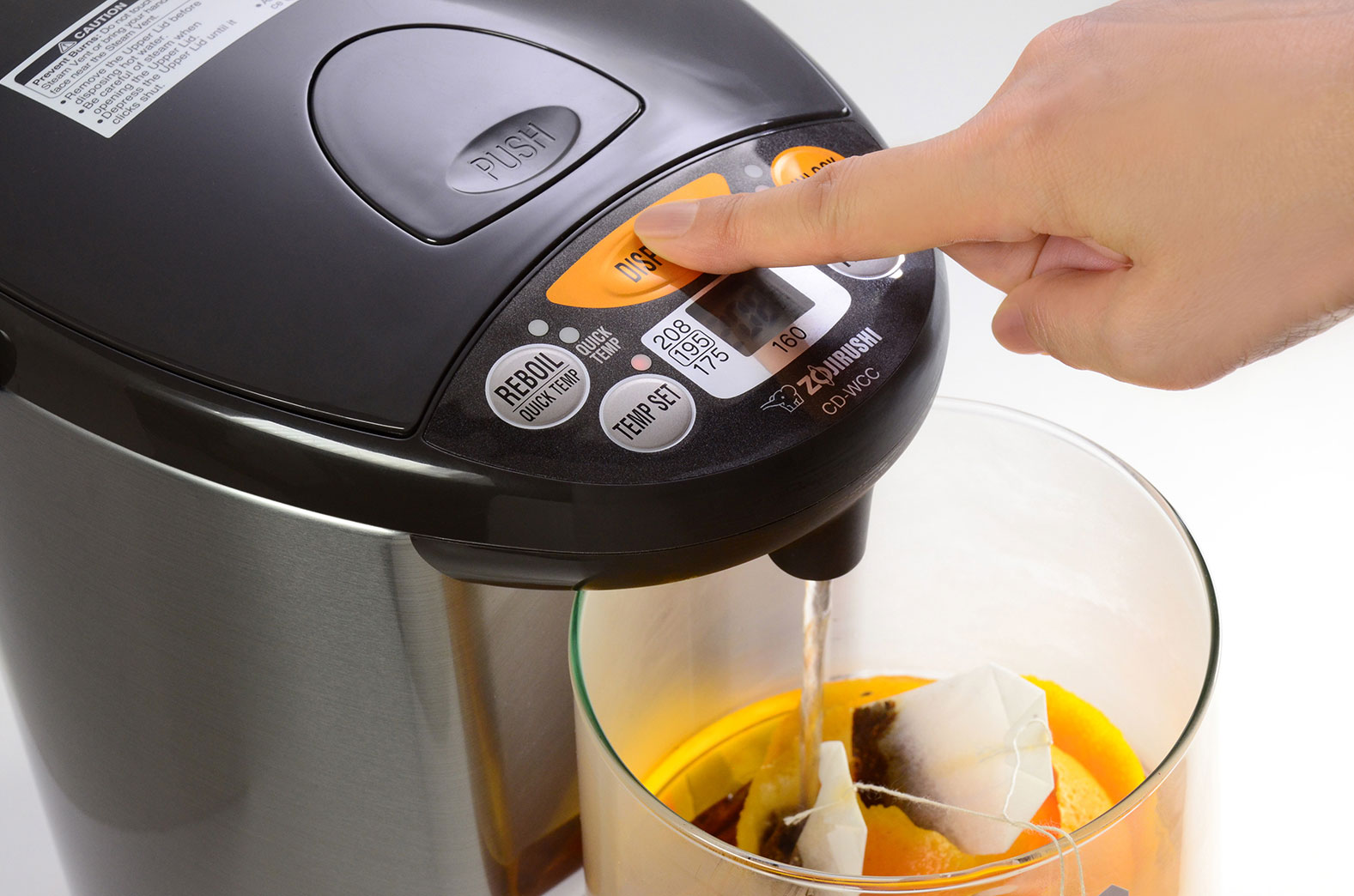Do you know what camellia sinensis is? You might have guessed, but it’s the species of evergreen shrub whose leaves and buds are used to produce the tea that we drink every day. You can distinguish the camellia sinensis bush through its small white flowers and bright yellow stamens in the center, which produce a hard green bud containing a single brown seed. Today, we’ll be learning about how these tea leaves are produced, where they come from, and how tea leaves are transformed into the loose-leaf or satchels that we instantly recognize at consumption. Let’s dive in.
Where Do Tea Leaves Come From?
The tea plant originally comes from East Asia, possibly originating from China or India, and much of the world’s tea still comes from those regions. Other countries that produce tea leaves include Kenya, Sri Lanka, Turkey, Vietnam, Japan, and Argentina. Origins date back many centuries to the Han dynasty in China, where it was possibly referenced in writing in 59 BC. If left alone, these tea bushes can grow up to a magnificent 30 feet tall, but they are pruned to small bushes so that they can continuously produce more leaves and be easily managed.
How are Tea Plants Harvested?
Today, most of the tea we drink is harvested on tea plantations or tea gardens. Tea bushes take about four years to mature and are then planted on sloping terrain to easily trap water and grow. After about five years, tea plants are finally ready to be harvested. Tea is a very labor-intensive product in which the tea plants are almost always handpicked with care.
How Tea Leaves are Processed
After the tea leaves are harvested, they undergo a drying process to remove all moisture. Then, depending on the type of tea, the dried tea leaves are rolled and fermented, which gives the tea its essential oils and distinctive aromas. The length of the fermentation also determines the type of tea that is produced: green, black, oolong, or others. Then, after being tested by tea tasters, they are blended into different varieties and packaged in bags or loose leaves.
How to Make a Perfect Brew
Now that you know how tea is harvested and processed, you might be wondering how to brew a perfect batch that will bring out the best characteristics of this wonderful beverage. First, make sure that you are sourcing high-quality tea. Good tea leaves should be smooth, light, and sturdy. They shouldn’t crumble in your hands. Another way to distinguish great tea is by taking in its aroma. One of the greatest parts of drinking tea is smelling its distinct aromas, and if you aren’t able to smell anything from it, that may indicate that the tea is old or stale.
Next, use the right temperature water to extract all of the character from your tea. Our water boilers come with different temperature settings to help you brew a wide range of teas. More delicate teas are best brewed at lower temperatures, while green tea is best brewed around 175°F. Herbal or oolong tea should be brewed at 195°F and at 208°. Be careful not to steep your tea for too long! This might make the tea overly bitter. Follow the recommendations that come with your tea.
Lastly, if you want to enjoy your hot tea for hours on end, store your tea in a Zojirushi stainless mug or tumbler to maintain its freshness and temperature.
Did you learn anything new about tea today? Let us know on social media by tagging your photos on Twitter, Facebook, or Instagram! #Zojirushi #ZoFan




Leave a Reply